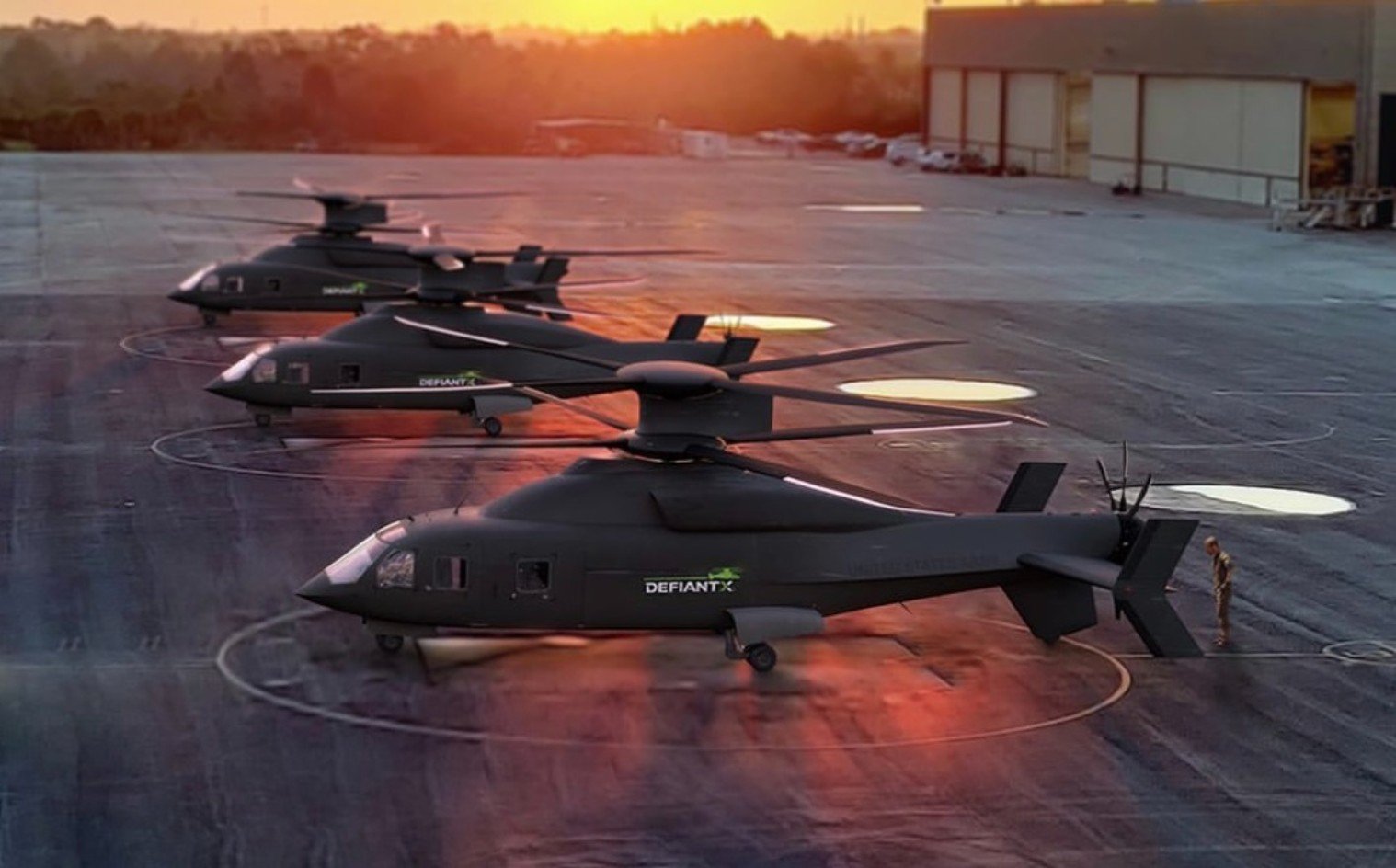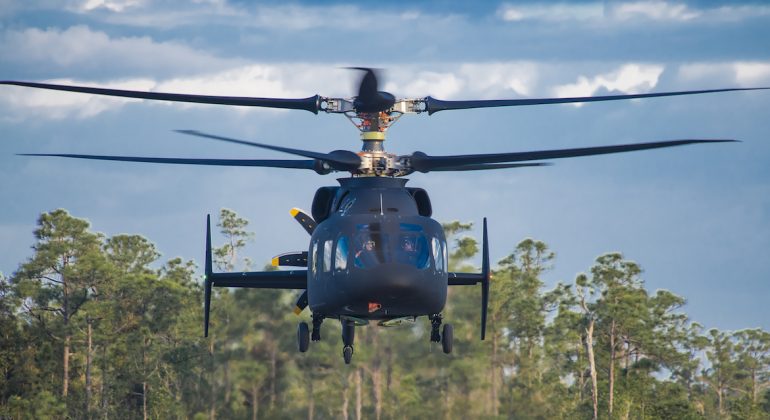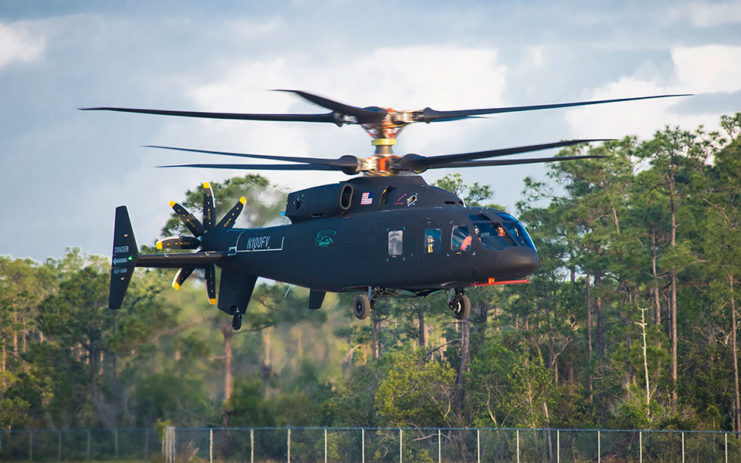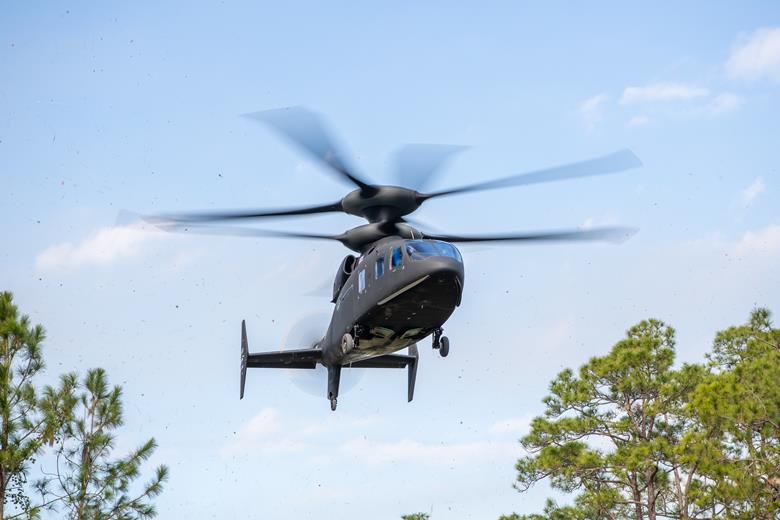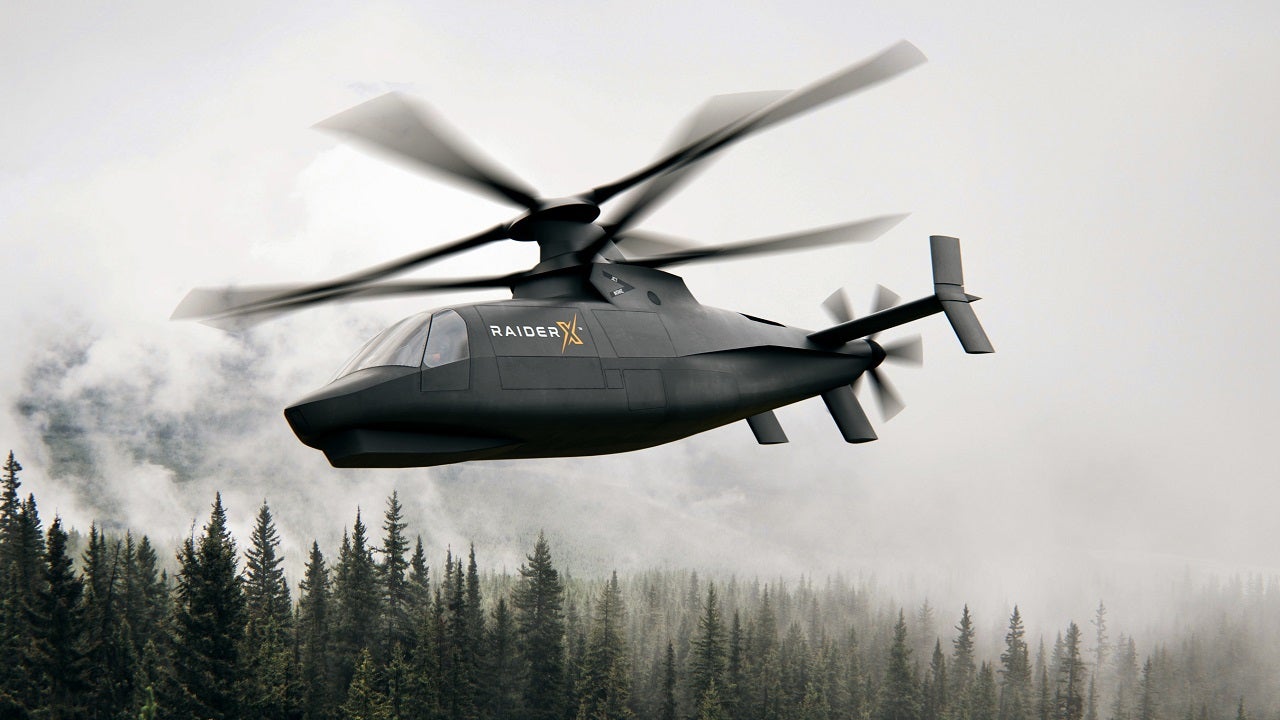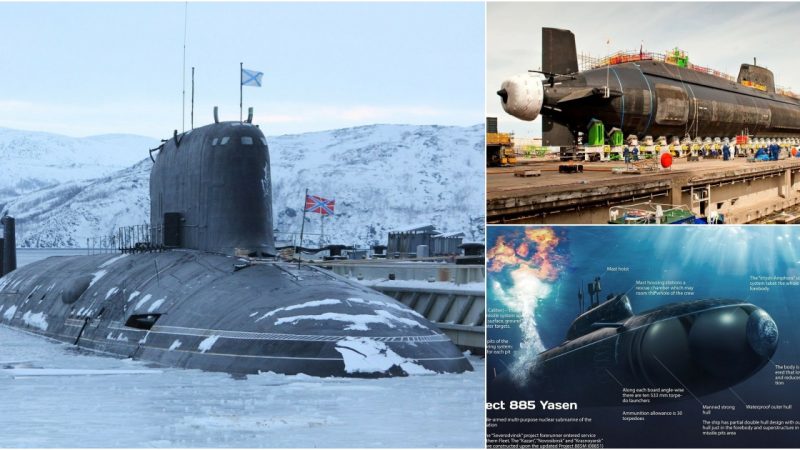Evolution of Military Requirements and the Defiant X Attack Helicopter
As time progresses, the requirements of the military undergo significant transformations. Rapid technological advancements necessitate the fulfillment of new military expectations. Every weapon system eventually encounters its counter, and given sufficient time, a countermeasure will undoubtedly be invented to exploit the weaknesses of the weapon. Consequently, a constant stream of development and innovation becomes imperative.
In line with this principle, the United States military has been meticulously deliberating on the selection of its next attack helicopter. Forefront among the choices stands Sikorsky-Boeing’s Defiant X, with its prototype designated as SB-1 Defiant. This attack helicopter boasts revolutionary air assault capabilities that are poised to shape the wars of the future. Competing against it was Bell-Textron, a rival defense manufacturer, which submitted their new V-280 Valor helicopter for consideration.
The Secretary of the Army, Hon. Ryan D. McCarthy, was present at a Boeing-Sikorsky flight demonstration of the SB-1 Defiant, the SARA, and the S-97 Raider at the William P. Gwinn airport in West Palm Beach, Florida, on February 20, 2020.
Purpose-Built Innovation
The Defiant X was meticulously designed to align with the U.S. Army’s Future Long Range Air Assault (FLRAA) competition of 2020, a paramount modernization priority. Its role is set to revolutionize how the Army tackles threats in the year 2035 and beyond.
The Defiant X fulfills several key requirements stipulated by the U.S. military, most notably its remarkable speed capabilities. However, six areas received the most significant improvements: maneuverability, survivability, sustainability, affordability, versatility, and reliability. A spokesperson for the company highlighted that the Defiant X can cover twice the distance at twice the speed of the helicopters currently in use, such as the Black Hawks and the AH-64 Apache attack aircraft, among others.
Testing and Flight Performance
While specific speed figures for the Defiant X remain undisclosed by company officials, it has achieved speeds of 211 knots in straight-and-level flight and 232 knots in a descent during testing. Test pilots have dedicated over 25 hours to actual flight tests and approximately 1,500 hours to simulation flights.
Boeing’s sales and marketing representative, Heather McBryan, emphasized enhancements in the design aimed at reducing thermal signatures and improving aerodynamic handling. In simpler terms, these modifications translate to improved maneuverability for the helicopter.
Sikorsky’s prior experience in designing the Black Hawk helicopter provided invaluable insights when crafting the new aircraft. Designers incorporated the positive design elements of the older attack helicopter while incorporating additional sought-after features from the military’s wishlist.
Designed for Longevity and Adaptability
One standout feature of the Defiant X is its adaptability to changing demands, conflict scenarios, and doctrines. McBryan further elaborated in a press release, stating, “This is really designed for growth and so out in the 2030s, as missions change and threats change, there is that growth capability.”
Given the historical precedent set by the Black Hawk, it appears likely that the U.S. military will opt to replace its vulnerable machines with the new Defiant X. However, no definitive statement has been made by the decision-makers responsible for the final selection.
In conclusion, the Defiant X represents a pivotal step forward in meeting the evolving requirements of modern military operations. Its cutting-edge design, capabilities, and adaptability position it as a potential cornerstone of future U.S. military endeavors.
